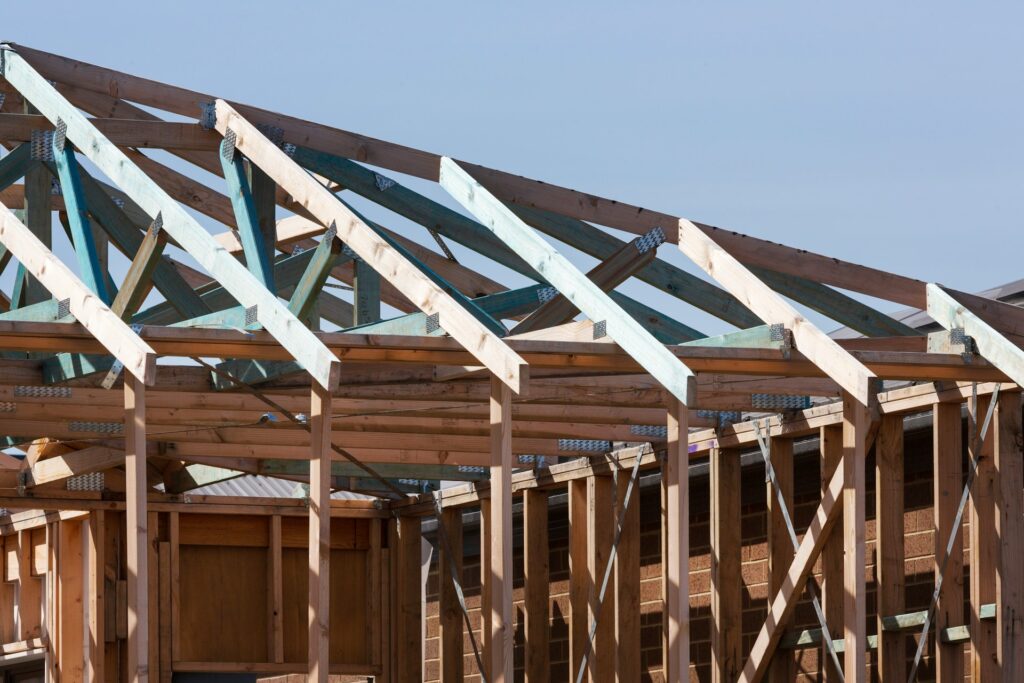The Australian Federal Government’s $2 billion Social Housing Boost initiative, announced in June 2023, represents a significant immediate injection of capital into the nation’s social and affordable housing sector.
Designed to accelerate the delivery of new homes, this funding aims to address critical housing supply shortages and provide urgently needed accommodation across states and territories. For our industry, understanding its implementation and early impact so far is invaluable.
What is the Social Housing Boost?
The $2 billion Social Housing Boost (also known as the Social Housing Accelerator) is an additional allocation of funding to the National Housing Finance and Investment Corporation (NHFIC) – now known as Housing Australia – specifically for the Affordable Housing Bond Aggregator (AHBA).
This boost effectively increased NHFIC’s capacity to provide low-cost, long-term finance for social and affordable housing projects. The government committed to making this funding available from 1 July 2023.
Crucially, this additional funding aims to fast-track the delivery of up to 4,000 new social and affordable homes across Australia. It complements existing federal housing initiatives, including the Housing Australia Future Fund (HAFF) and the National Housing Accord, by providing a more immediate stimulus to the housing construction pipeline.
How is it being implemented?
The $2 billion Social Housing Boost is being deployed through Housing Australia’s existing investment frameworks.
Housing Australia works with community housing providers (CHPs) and other not-for-profit organisations to facilitate projects. These entities bid for financing, which is then provided at concessional rates through the AHBA.
The mechanism allows CHPs to access cheaper, longer-term capital than they would typically find in commercial markets. This reduced cost of finance enables projects that might otherwise be unviable to proceed, directly stimulating new construction activity.
States and territories also play a role in identifying projects and partnering with CHPs to utilise this federal funding effectively. The focus is on getting projects “off the ground” quickly to alleviate immediate housing pressures.
Has the Social Housing Boost made an impact yet?
The impact of the $2 billion Social Housing Accelerator Payment (SHAP) is clear, with initial completion numbers beginning to rise as projects move past typical construction lead times.
As of mid-2025, the program has successfully committed all of its $2 billion funding across states and territories and is on track to deliver a projected total of over 4,250 new and refurbished social homes, exceeding its initial target of 4,000.
Key figures show that over 1,000 homes funded by the SHAP have already been completed and handed over, with a further 3,194 homes either under construction or fully committed and due for completion by June 2026.
While full completion data will take time to compile, the immediate effect has been to provide certainty and capital to the social housing development sector, signalling a robust pipeline of work for the residential building industry in the coming years.
Sources
- https://treasury.gov.au/policy-topics/housing/social-housing-accelerator
- https://treasury.gov.au/policy-topics/housing/housing-homelessness-strategy/national-housing-homelessness-plan
- https://www.housingaustralia.gov.au/who-we-are
- https://ministers.treasury.gov.au/ministers/julie-collins-2022/media-releases/billions-boost-social-and-affordable-rental-homes
- https://www.housingaustralia.gov.au/affordable-housing-bond-aggregator-ahba-loans
- https://www.finance.gov.au/government/australian-government-investment-funds/housing-australia-future-fund

